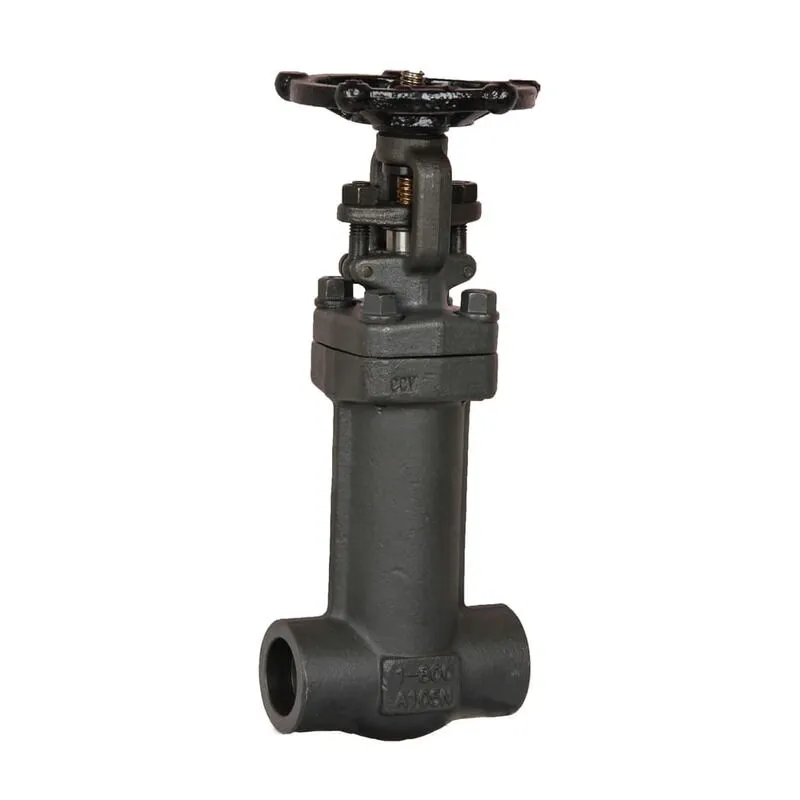The Bellows
Gate Valve is a special type of
gate valve sealed by a bellows, mainly used in conditions where tight sealing and leakage prevention are required. Its unique design and working principle make it widely used in industries such as chemical, petroleum, and pharmaceuticals.

Bellows Gate Valve
The Bellows Gate Valve utilizes a metal bellows as the sealing component to completely isolate the fluid from the external environment. One end of the bellows is fixed to the valve body, while the other end is connected to the valve stem. When the valve stem moves, the bellows will expand and contract along with the movement of the valve stem, ensuring that the fluid does not leak to the outside.
When rotating the handwheel or operating the actuator, the valve stem drives the gate to move up and down. The gate slides along the track inside the valve body, thereby opening or closing the valve. When the gate is fully lifted, the valve is in the open position, allowing the fluid to pass freely; when the gate descends to the valve seat, the valve is closed, preventing the flow of fluid.
The flexibility of the bellows enables the valve stem to maintain dynamic sealing during the opening and closing process, preventing media leakage. Compared to traditional packing seals, bellows seals offer higher reliability and longer service life.
Choose the appropriate bellows material and valve body material based on specific operating conditions. Different materials of bellows have varying corrosion resistance and temperature resistance properties, so the selection should be based on the nature of the medium and temperature range.
During installation, ensure cleanliness both inside and outside the pipeline to prevent impurities from entering the valve cavity, which may affect the sealing performance and operation effectiveness of the valve. Pay attention to the orientation and position of the valve during installation, ensuring that the flow direction of the medium aligns with the arrow marked on the valve body.
When opening or closing the bellows-sealed gate valve, operate the handwheel or actuator slowly to avoid damaging the bellows due to excessive force or speed. Also, avoid exceeding the designed number of opening and closing cycles to prolong the bellows' lifespan.
4. Maintenance and Care
Regularly inspect the sealing performance of the bellows and the operation of the valve. If any leakage or damage is detected in the bellows, promptly replace the bellows assembly. Periodically lubricate the valve stem and other moving parts to reduce friction and maintain the valve's optimal operational condition.
During operation, if the bellows rupture or the valve fails to operate properly, immediately cease operation, close the upstream and downstream valves to prevent media leakage, and promptly contact professional personnel for repair or replacement.
For conditions where external impact or vibration may occur, appropriate protective measures should be taken for the bellows globe valve, such as installing supports or cushioning devices, to protect the bellows from damage.
Bellows Gate Valves are essential for industries requiring tight sealing and reliable leakage prevention. Their unique design and flexible metal bellows provide superior performance in applications where traditional packing seals fall short. By understanding their working principles and adhering to proper selection, installation, and maintenance practices, these valves can significantly enhance operational efficiency and safety in sectors like chemicals, petroleum, and pharmaceuticals. Implementing the right precautions and protective measures ensures their longevity and optimal function, making Bellows Gate Valves a vital component in critical fluid control systems.

